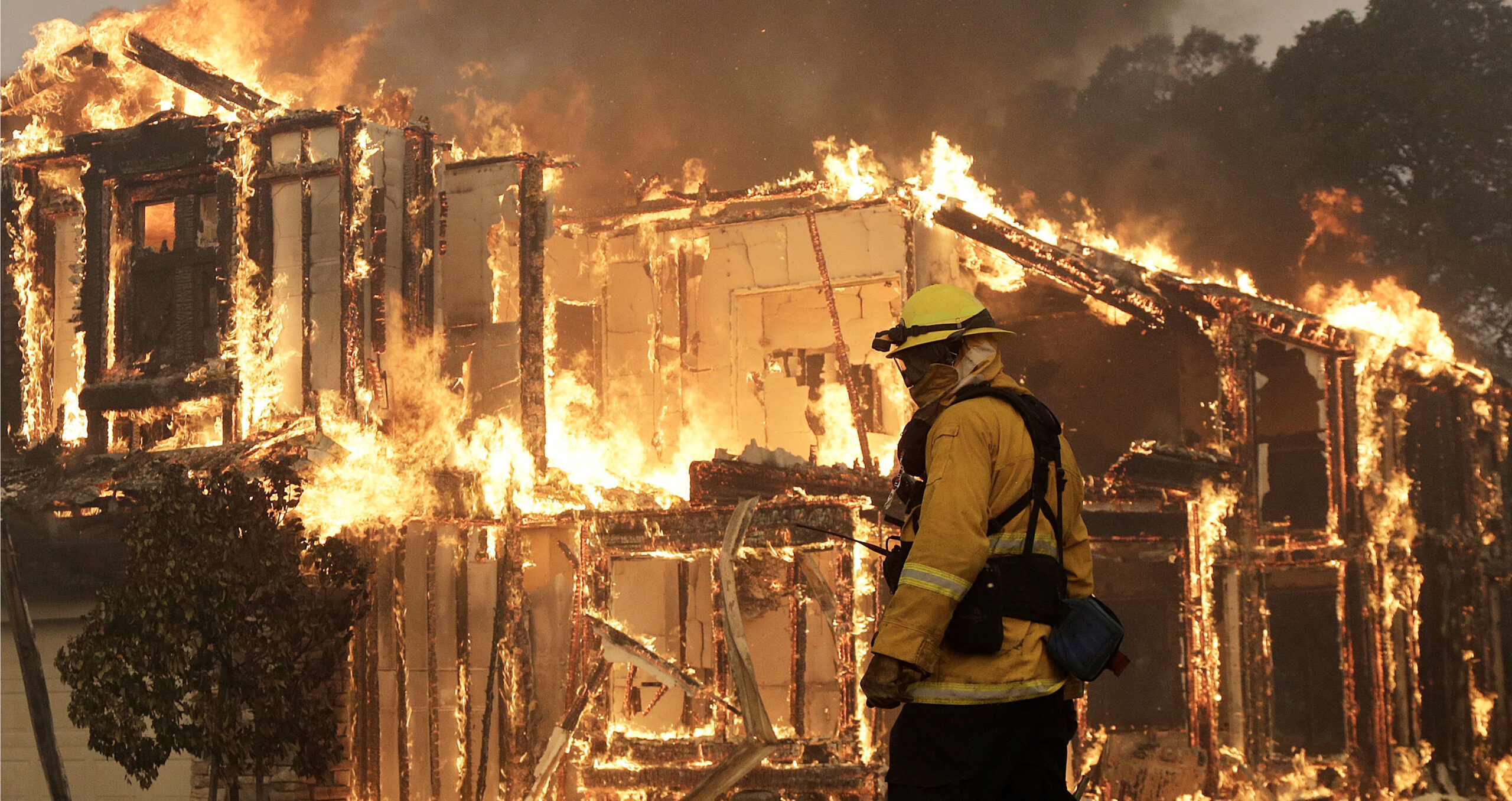

New research reveals that US insurers held $536bn in assets linked to fossil fuels in 2019 – even though some have blamed climate change for increasing premiums and reduced coverage.
The US top 16 insurers owned half of fossil fuel-related assets held by insurers in 2019, according to a new joint analysis by consultancies ERM, Persefoni and Ceres pointing to the discrepancies between insurers’ investments and the climate risks facing the industry.
The study observes that the US is the most vulnerable country in the world to severe, weather-related property destruction, citing an estimate that three-quarters of global insured losses linked to natural disasters last year came from the country. Yet insurers continue to invest in fossil fuels.
The report says: “Continued investment in fossil fuel-related assets contributes to climate change, which in turn contributes to increasing physical risk to insured property, which impacts insurers as costs of claims rise.”
Insurers are facing increasing pressure to dial down their exposure to fossil fuels and play their part in the climate transition. In July, the European parliament voted to mandate transition plans for insurers as part of the Solvency II law.
Meanwhile, Goldman Sachs Asset Management warned earlier this year that insurers could raise premiums and end their coverage of property and casualty insurance as a result of climate change.
This prediction is beginning to materialise across the US insurance market. In June, the Los Angeles Times reported that State Farm Insurance and Allstate had stopped accepting new applications in California for various types of home insurance. Rising wildfire and construction costs were partly behind State Farm’s decision, it said.
According to the joint ERM, Persefoni and Ceres study: “US insurers often lack an accessible, systematic approach to incorporating climate-related factors into investment decision making.” It adds that there is a lack of publicly disclosed policies concerning insurers’ fossil fuel assets.
ERM group chief executive Tom Reichert says: “As the climate crisis intensifies, the insurance industry is finding itself uniquely exposed to climate-related challenges. Now is the time for insurers to take action to address these risks and opportunities related to their investments and underwriting.”
Pathway to net zero
The global insurance industry’s attempts to decarbonise have included the founding of the UN’s Net-Zero Insurance Alliance, a subset of the Glasgow Financial Alliance for Net Zero.
In January, the NZIA launched a new protocol for setting climate targets to coincide with this year’s World Economic Forum conference in Davos. The protocol is aimed at helping members set intermediate targets for their portfolios as part of the path to limiting the global temperature rise to 1.5C by 2100, with a deadline of the end of July.
But the NZIA has been rocked by exits, with industry giants Zurich and Lloyd’s among the members to have left the alliance of late. The report acknowledges that the NZIA “is currently going through significant changes”.
The study claims that the financial decisions taken by the two biggest property and casualty insurance companies — Berkshire Hathaway and State Farm Insurance — have a much greater impact on overall fossil fuel-linked asset ownership than that of other companies it analysed.
Continued investment in fossil fuel-related assets contributes to climate change, which in turn contributes to increasing physical risk to insured property, which impacts insurers as costs of claims rise
ERM, Persefoni and Ceres
Together, the two companies owned 45 per cent of all assets in the property and casualty market. Berkshire Hathaway and State Farm have been contacted for comment.
The report also reveals that the US’s largest property and casualty insurers have more influence on asset ownership in their market than the biggest life insurers in their own field. This is because asset ownership is more evenly spread in life insurance.
In response to the report, the UK’s trade body for insurers warns that it should be for governments to lead the way on the path to net zero.
“Any decisions on phasing out fossil fuels from underwriting or investment portfolios must not be taken in isolation,” says Association of British Insurers chief sustainability officer Ben Howarth.
“While some insurers have opted to decline cover for certain projects, such decisions are only ever taken after careful consideration as, like this report notes, they may have knock-on effects on the protection of workers and those living near such facilities,” he tells Sustainable Views.
“It is ultimately up to governments to determine how they generate energy for their citizens and to set the pathway to net zero,” he adds. “However, insurers need to have a clear vision of how the economy is likely to evolve and be developing transition plans to make sure they are not exposed to additional risks if the government were to phase out fossil fuel usage faster than expected.”
Similar Articles

In Charts: Capacity constraints and lack of awareness limit Chinese green municipal bond issuance

In Charts: Redemptions drag global climate fund flows to lowest level in four years


